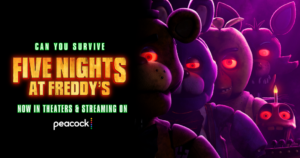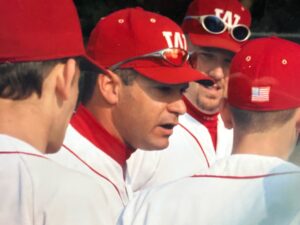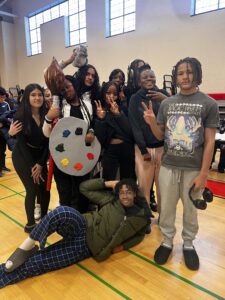“Tenet” Is Not What Anyone Bargained For

Photo Courtesy of INDIEWIRE
★★★
“Twilight” world isn’t pretty.
It is a common, translated phrase in the film world to “not judge a book by its cover” or to not grasp a film to its highest standards regardless of how pristine of a director sits within the creative locale. But in the case of Christopher Nolan, I evaluate each and every one of his films with a fine-tooth comb to access whether it can be classified as a masterfully concocted embellishment piece or the work of a script that reaks of incomprehensible mumbo-jumbo. In the case of motion pictures such as Tenet, “misjudgment” would be the resounding word that I developed through splicing its thematic statement and visual prowess into one large frame.
Does it attract a sense of wonder and creativity into the incredibly stale theatrical setting? Is it a piece that’s meant to convey beauty through flabbergasting visuals instead of the emotional connection between characters? Honestly, what is the key result that Christopher Nolan is desiring to magnify through this glaringly weak piece of science-fiction? I believe that there are subtleties that viewers may find impossible to be aware of.
But no matter the trek that Tenet’s plot travels across, the bumps in the road along the journey were almost too evident to display praise for as even some of the key fragments of this film were visually misjudged. For example, the few conversations that John David Washington’s character presents with Elizabeth Dibicki’s character manifests a major misstep that I was never able to unearth amidst every preceding Christopher Nolan film. Additionally, his conversational cuts that place the camera on opposites sides of the two core subjects were incredibly asymmetrical.
In an instance that contains the two previously explained individuals, Dibicki maintains the position of the camera at her back while she is drinking some liquor and Washington is intensely mandating key plot points; but when the second cut occurs and the shot alters in reverse (in the midst of Dibicki’s sip of liquor) she’s somehow standing in the frame of the camera with nothing but bare hands as the cut was evidently lazy from the origin point. And at small spurs throughout Tenet, there were climactic sectors in which the direction from Nolan’s theoretical vision felt outrageously weak and almost on the verge of rushed in order to finalize a specific frame.
And similar to Inception, the character play felt almost too non-existent and the stunts were viewed to be the only sort of carefully crafted art form throughout the motion picture. Additionally, characters with so much potential for the utilization of engagement as well as enthrallment in actors such as Robert Pattinson felt more bland and monotonous than the story evolution itself. Furthermore, the point might emerge in which my critiques could be viewed of a slightly larger magnitude than most films; but this is chiefly due to the fact that I hold my expectation of Christopher Nolan up to the immaculate standards of a borderline flawless work of film such as Memento.
But on the other side of the spectrum, the vision within the stunts and car chase sequences were quite stellar. The scene in which the inverted automobile chases the systematic automobile was quite pleasing to the eye as Christopher Nolan may not have the most crystalline outlook on plot development, but he does have a way with crafting marvelous stunt jobs and fast-paced chases.
Therefore, I would situate the clumsily executed final product within Tenet amongst the mid-tiered Nolan films as it, once again, poses a theme that shoves the stunning work of computer-generated imagery rather than a carefully concocted and emotionally profound plot directly at its viewers.









Wow, not expecting that opinion. Interesting takes regarding the cinematography that I never thought of. Great review!